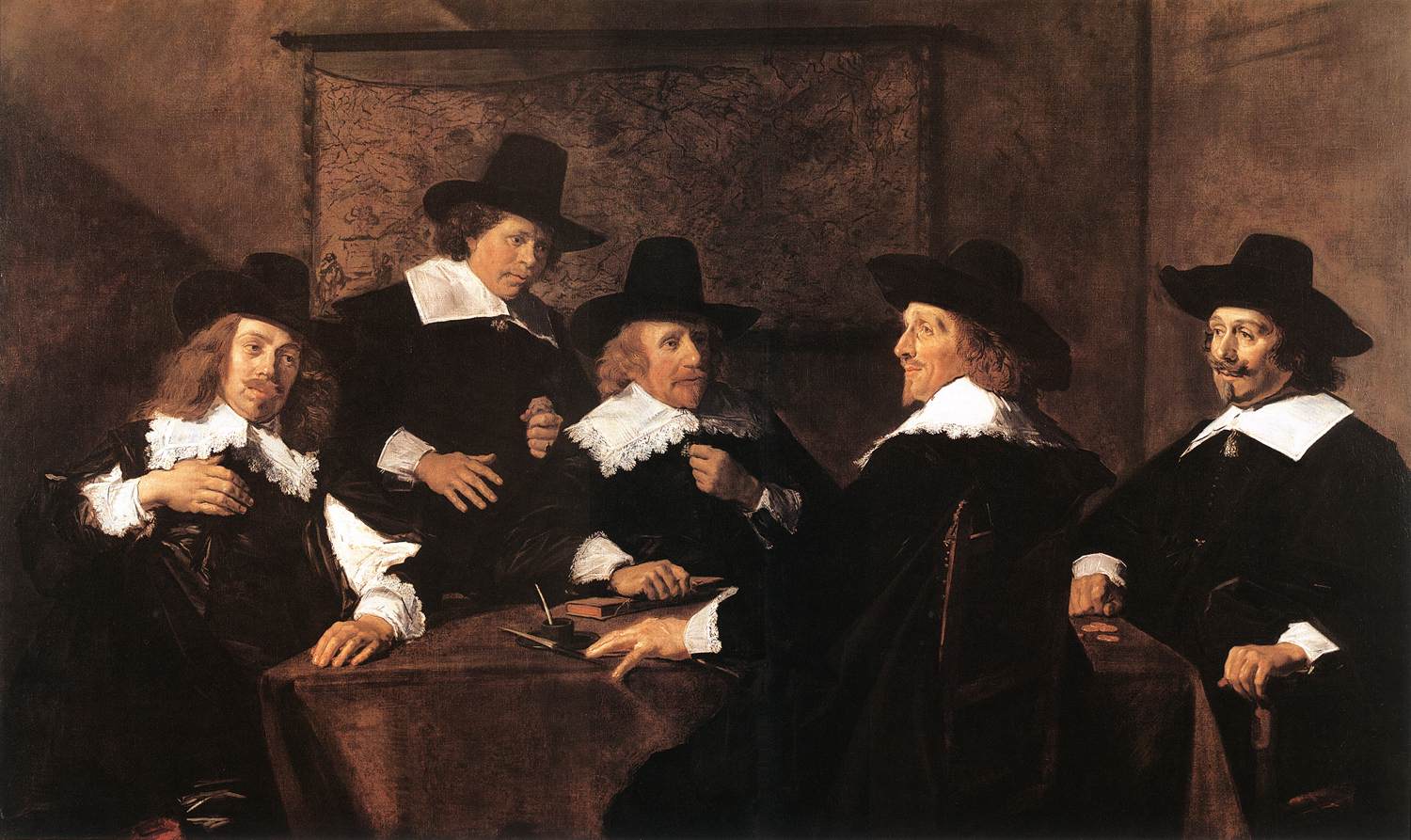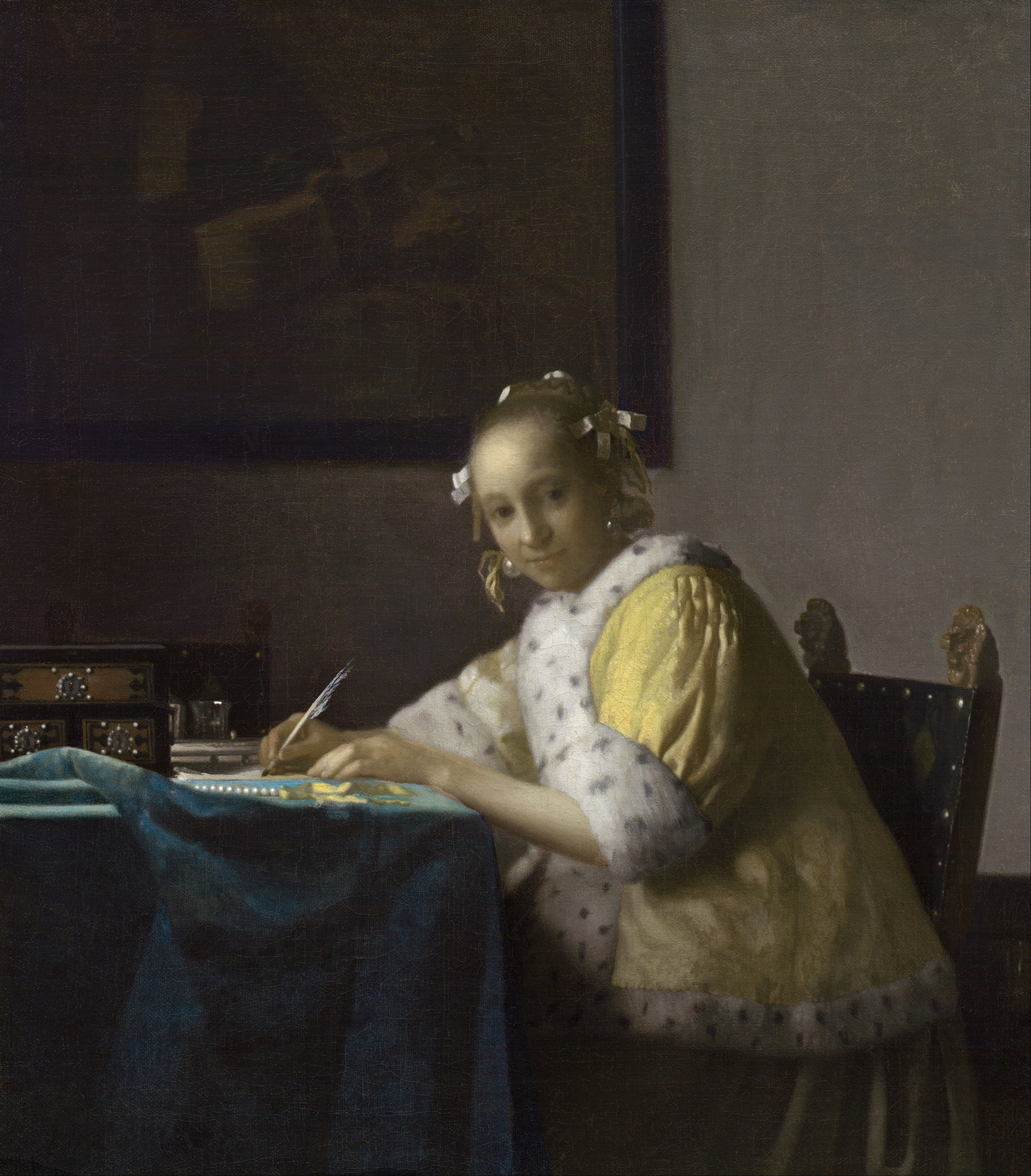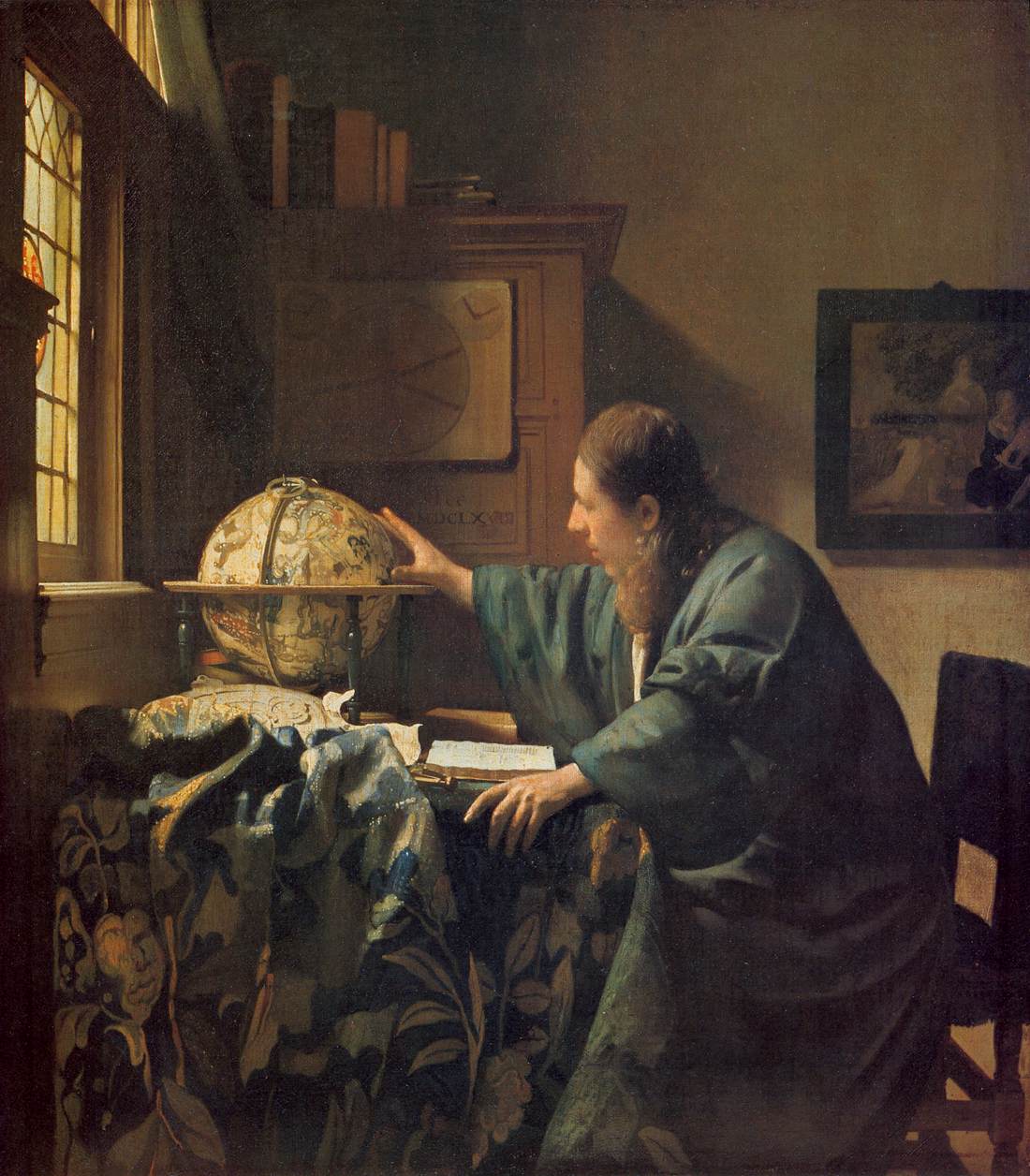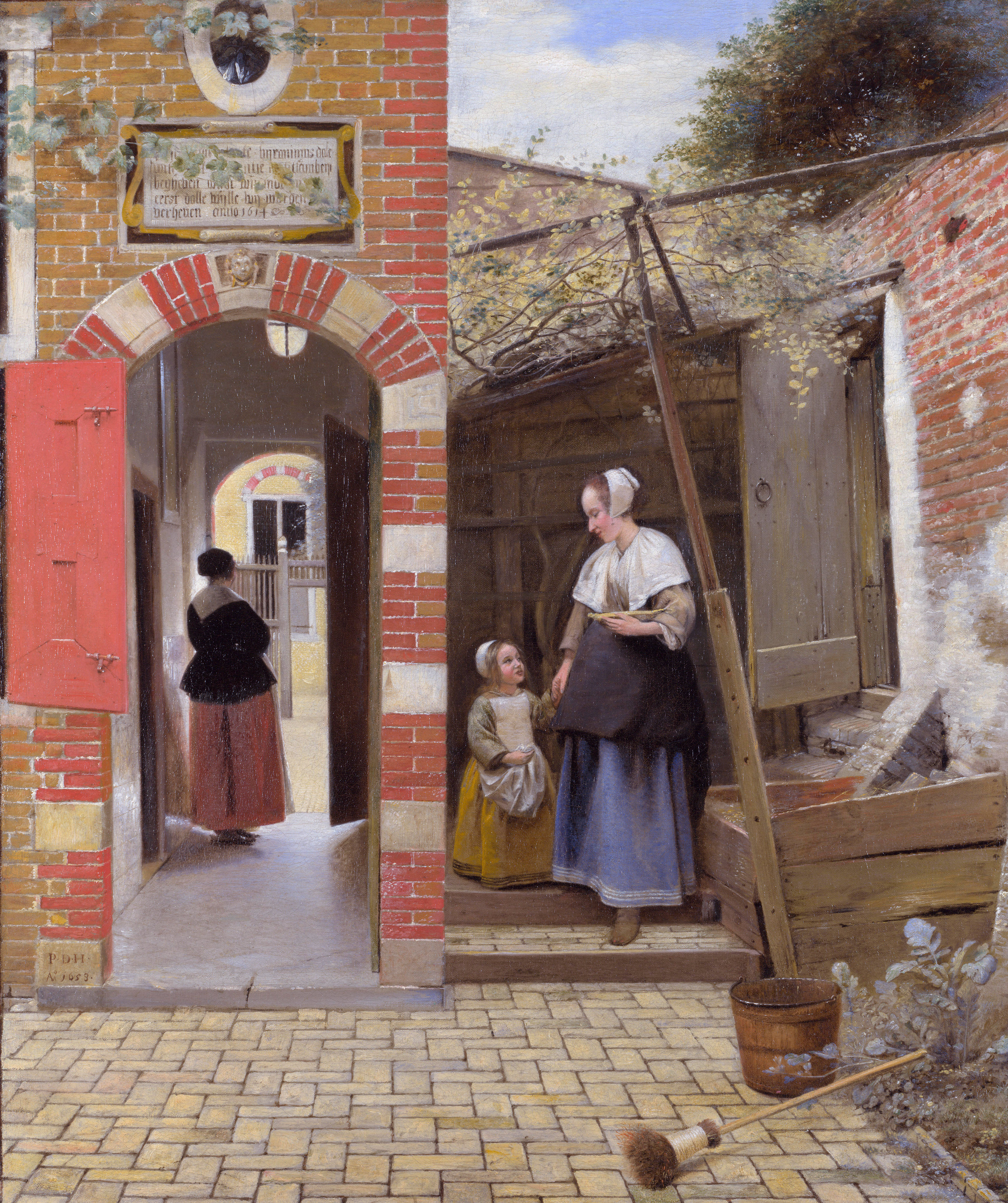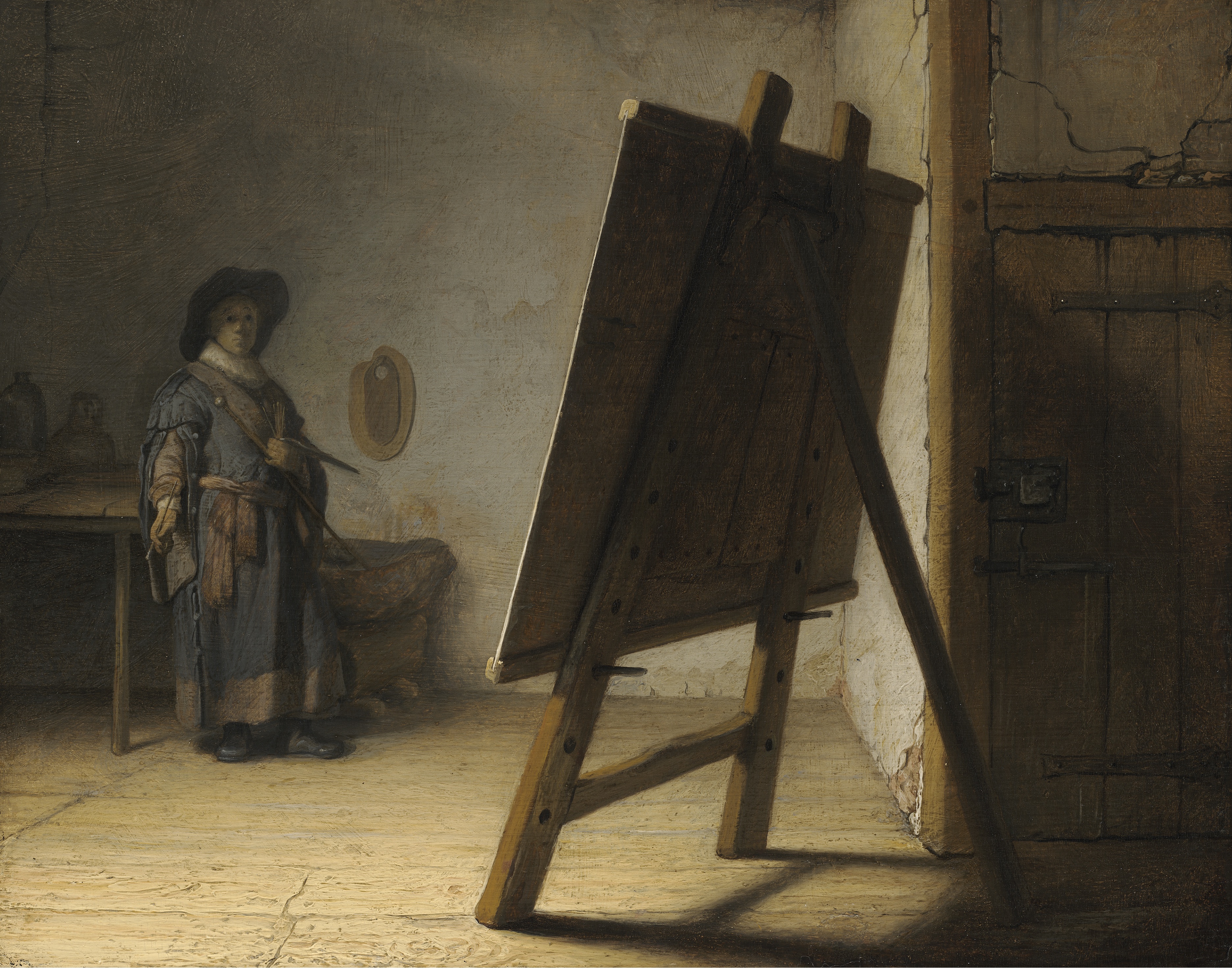This fall the Museum of Fine Arts, Boston (MFA),will debut Class Distinctions: Dutch Painting in the Age of Rembrandt and Vermeer, the first exhibition to look at 17th-century Dutch paintings through the lens of the social classes. Including 75 paintings from collections both in the US and abroad, the exhibition—on view from October 11, 2015–January 18, 2016—will feature major works by artists including Rembrandt and Vermeer as well as Jan Steen, Frans Hals, Pieter de Hooch, Gerard ter Borch and Gerrit Dou, among others. Loans from Amsterdam, Paris, Berlin, Munich, Budapest and London—many never before seen in the US—will complement those coming from other public and private collections in North America and Europe.
Galleries in the exhibition will be devoted to the three broad social classes—upper, middle and lower—and the last room will include paintings dedicated to where the classes met. Princes, regents and milkmaids figure in the thematic groupings within the classes, reflecting the social status of people—and the importance their class had —in the new Dutch Republic. The fine detail in the pictures will encourage close looking, inspiring the viewer to differentiate between a mistress and a maid or to distinguish a noble from a social-climbing merchant. The exhibition offers the rare opportunity to see works by Vermeer in Boston, in addition to featuring many subjects that are unusual in 17th-century Dutch painted depictions.
To further illustrate the distinctions among the classes, three tables in the final room of the exhibition will feature similar decorative art objects that would have been used by each of the classes—distinct in material and decoration—including linens, salt cellars, beakers and mustard pots. On view in the MFA’s Ann and Graham Gund Gallery, this groundbreaking exhibition is accompanied by a publication with essays by exhibition curator Ronni Baer, the MFA’s William and Ann Elfers Senior Curator of Paintings, Art of Europe, as well as other Dutch scholars.
“These carefully selected paintings allow us to glimpse the ways rank and status are expressed pictorially. For example, is the sitter’s dress made of silk or coarse wool? Is the subject serving or being served? Does the figure stand upright or is he stooped? Even the person’s behavior—snoring in a pub or riding a horse—indicates his social class. Details like these encourage us to form a sharper and more nuanced picture of 17th-century Dutch life and society,” said Baer.
The Upper Classes
In the 17th century, the Princes of Orange were the “stadholders”—the de facto rulers of the Netherlands. They were responsible for selecting municipal officials and commanding the army and navy of the Dutch Republic. Paintings of successive stadholders on view will includeMichiel van Mierevelt’s Maurits, Prince of Orange (1607, Museum Het Prinsenhof, Delft);
Anthony van Dyck’s portrait of Maurits’ half-brother Frederik Hendrik, Prince of Orange (about 1631–32, The Baltimore Museum of Art);
and a small history painting of Frederik Hendrik’s grandson, The Arrival of King-Stadholder William III in the Oranjepolder on 31 January 1691 (1692, Mauritshuis, The Hague) by Ludolf Bakhuizen.
This section of the exhibition will also feature an album of 102 watercolors by Adriaen van de Venne, open to a page featuring a miniature of The Winter King and Queen (1625-26, The British Museum, London) on horseback, (preceding a mounted Frederik Hendrik and his wife, Amalia van Solms. The album describes the political and personal ties of Bohemia’s Winter King (who lived in exile in The Hague) to his uncle, Frederik Hendrik.
“Nobles and Aspiring Nobles” explores images of the landed nobility as well as families who aspired to the noble lifestyle. Many nobles in the Dutch Republic—who enjoyed privileges that distinguished them from other classes—lived on income from land, tithes, rents and other inherited rights. Often they commissioned portraits merely to document their lineage, marking their family genealogy rather than asserting their taste and social standing.
One exception is
Jan Steen’s Portrait of Jacoba Maria van Wassenaer, known as “The Poultry Yard” (1660, Mauritshuis, The Hague),
which imaginatively depicts the young noble, Jacoba Maria van Wassenaer, in front of Lokhorst Castle. The property and coat of arms in the painting signal her kinship in the lineage that defined the noble’s place in the social hierarchy. The newly wealthy without a noble heritage could buy estates and titles. Their aspirations were expressed in paintings whose forms were typically reserved for royalty and high nobility, such as equestrian and hunting portraits.
Paintings of “Regents and Wealthy Merchants” represent the country’s urban elite, who benefitted from the economic growth and prosperity that emerged as Holland became a global power in the 17th century. Regents—drawn from the Republic’s prosperous merchants—were men who held civic administrative or political appointments.
Rembrandt’s portrait of Andries de Graeff (1639, Gemäldegalerie Alte Meister, Kassel,) depicts a confident member of the Amsterdam ruling class who amassed one of the largest fortunes in the city.
Frans Hals’ Regents of the St. Elisabeth Hospital in Haarlem (1641, Frans Hals Museum, Haarlem) reflects the social prestige attained by wealthy administrators of charitable organizations.
Vermeer’s A Lady Writing (about 1665, National Gallery of Art, Washington) portrays a privileged woman engaged in the art of letter writing—associated in 17th-century Holland with a certain degree of education and wealth. The painting offers a look at the luxurious, protected life of the women of the Dutch urban elite.
Belonging to the same world, Vermeer’s The Astronomer (1668, Musée du Louvre, Paris) represents a wealthy “gentleman amateur,” engaged in scientific inquiry that had relevance to the maritime navigation crucial to the mercantile interests of the young country.
The Middle Classes
The broad swath of the middle classes can be divided into professionals and educated businessmen—like goldsmiths, ministers and notaries—and the lower-ranking shopkeepers, craftsmen and tradesmen who ran their own small operations. Portraits likeRembrandt’s Jan Rijcksen and His Wife, Griet Jans, known as “The Shipbuilder and His Wife” (1633, British Royal Collection)
were commissioned by successful and wealthy professionals, while genre scenes like
Quiringh van Brekelenkam’s Interior of a Tailor’s Workshop (about 1655-60, The Montreal Museum of Fine Arts)
were purchased on the open market, likely by those who came into regular contact with such tradesmen.
In the 17th century, women in the Dutch Republic had a relatively high degree of independence, both inside and outside the home. To be good wives, young women were trained in domestic work, as seen in
Pieter de Hooch’s Interior with Women beside a Linen Cupboard (1663, Rijksmuseum, Amsterdam).
In the painting, a mother instructs her daughter in the proper care of one of the household’s most valuable assets: the linens.
In the same artist’s Courtyard of a House in Delft (1658, The National Gallery, London),
a servant and child hold hands as they go about their chores, which evidently included washing and sweeping, as implied by the pail and broom momentarily resting in the foreground.
The Lower Classes
Despite the fact that it was among the most common sights in contemporary society, depictions of poverty and hard physical labor are rare in 17th-century Dutch painting. An exception isThe Knife Grinder’s Family (about 1653, Gemäldegalerie, Staatliche Museen, Berlin) by Gerard ter Borch,
who painted an urban laborer sharpening a scythe on a turning grindstone, powered by a barely visible horse or mule in the depths of the shed. The specificity of the grinder, his process and equipment, and the many details of the setting suggest that the artist might have observed an actual workplace like this in his native Zwolle.
The only known Dutch group portrait to focus on the poor is
Jan van Bijlert’s Portraits of the Men from the St. Job Inn in Utrecht Collecting Alms (about 1630–35, Centraal Museum, Utrecht).
Residents of what was essentially an old men’s home are depicted with the institution’s steward, courier and warden in a painting that likely hung in the governors’ meeting room, where it would have served as a reminder of the importance of charity. The majority of 17th-century Dutch works featuring the poor tends to be satiric or ironic, or such images may have simply been made for their picturesque qualities, such as
Pieter Duyfhuysen’s Seated Boy Eating Porridge (mid-1650s, Maida and George Abrams Collection, Boston, MA).
Where the Classes Meet
The final room of the exhibition explores the places and situations that brought the various classes together. The distinction between public and private, between urban space and the domesticity of the home, was marked by the threshold of the house.Jacob Ochtervelt’s Street Musicians at the Door (1665, Saint Louis Art Museum)
—the cover of the exhibition’s accompanying catalogue—depicts a marble-floored voorhuis of an elegant townhouse where a maid, holding the hand of an excited young child, opens the door to a fiddler and hurdy-gurdy player (instruments associated with the lower classes). The elegantly dressed woman of the house surveys the scene from the side. Through the open door can be seen the tower, facades and streets of the city to which the itinerant musicians belong. Through a play of hands, the artist suggests that the maidservant guides the child to take the coin proffered by her mother. It follows that the well-bred little girl will fulfill her duty to give the contribution to the visitors. The patrician obligation of providing charity to the less privileged—and the education of the young to meet these responsibilities—is a recurring theme when the classes meet in Dutch painting.
Hendrick Avercamp’s Winter Scene on a Frozen Canal (about 1620, Los Angeles County Museum of Art)
highlights the pleasure the Dutch took from meeting one another on the ice and the leisure activities they pursued in winter. Locals mix with gypsies; the wealthy are transported by fancy sled while the less well-off push makeshift conveyances.
In addition to paintings, this room will feature a selection of decorative arts laid on three tables—one for the upper, one for the middle, and one for the lower class. Three examples of each type of object—from pitchers to drinking vessels to eating utensils—will all be on view. Glasses (flutes) for example, will include a clear engraved glass on the upper class table, a tall glass with prunts (raised decorations) on the middle class table, and a green glass marked with rings—indicating a drinking game—on the lower class table. The upper-class candlesticks are of silver and, while the middle and lower class candlesticks have the same form, one is of brass and the other of earthenware. Each table will also feature linen appropriate to that class, as even the lower classes covered their dining tables with linen for meals
More Works by Rembrandt and Other Dutch Masters
One of the MFA’s grandest spaces is the gallery dedicated to Art of the Netherlands in the 17th Century, on the second floor of the Art of Europe galleries. Featuring approximately 30 paintings, this fall the space also includes four major works—by Rembrandt, Dou, Gerrit van Honthorst and Aelbert Cuyp—on loan from the Rose-Marie and Eijk van Otterloo Collection. In total, five works by Rembrandt will be on view in the gallery (in addition to four in Class Distinctions).Honthorst’s A Merry Group behind a Balustrade with a Violin and a Lute Player (about 1623),
displaying his debt to Caravaggio, will be installed in the United States for the first time in late October, juxtaposed with the artist’s more courtly and monumental
Triumph of the Winter Queen: Allegory of the Just (1636).
The latter canvas, also on loan to the MFA, depicts Frederick V and his beloved wife, Elizabeth Stuart, the King and Queen of Bohemia—known as the “Winter King and Queen” for the brevity of their reign—surrounded by their 13 children. (The couple can also be seen in the exhibition’s album of watercolors by Adriaen van de Venne.)
Complementing the paintings are decorative art objects, including Dutch furniture, Delft pottery and silver. Smaller-scale Dutch and Flemish paintings are on view in the adjacent Leo and Phyllis Beranek Gallery, which features a “collector’s cabinet” display of seven works—six of which are loans from the Van Otterloo Collection—by artists such as Avercamp, Gerrit Berckheyde and Jacob van Ruisdael. These works hang across from three additional paintings on loan from the collectors—a family portrait by Jan Baptist Weenix, flanked by superb still lifes by Willem Heda and Willem Kalf. The renovation of the Art of the Netherlands gallery (2013) was made possible by Rose-Marie and Eijk van Otterloo.
The MFA has a notable collection of 17th-century Dutch paintings. Boston collectors have long acquired works by many of the era’s most celebrated artists and have, over the generations, generously donated them to the Museum.
Rembrandt’s early Artist in his Studio (about 1628)
is a highlight of the collection, representing an image of the artist confronted with the enormity of putting ideas into paint on panel. Works on view in the gallery illustrate the full range of art production in the Netherlands.


_in_the_Oranjepolder_on_31_January_1691.jpg)


